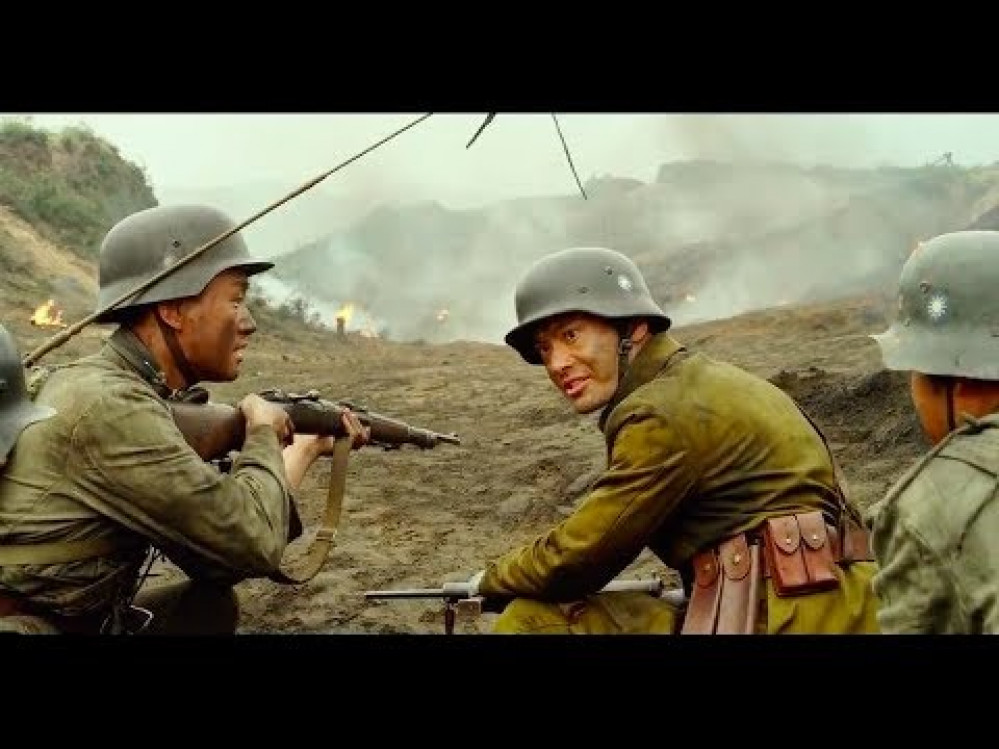
Bolt Action Germans, Allies and Chinese Armies
Xie Jinyuan; The hero of Sihang Warehouse
The Defence of Sihang Warehouse took place from October 26 to November 1, 1937 and marked the beginning of the end of the three-month Battle of Shanghai in the opening phase of the Second Sino-Japanese War. Defenders of the warehouse held out against numerous waves of Japanese forces and covered Chinese forces retreating west during the Battle of Shanghai.
Xie Jinyuan and 426 Chinese soldiers held the warehouse whilst under siege by the Japanese for 6 days with dwindling supplies and ammunition, they managed to hold off an advancing army that had all but captured Shanghai.
Xie attended the Whampoa Military Academy in Guangzhou and graduated in 1925 majoring in politics. After graduation he was assigned to the 5th Regiment, 2nd Division as a platoon commander, he was later promoted to company commander. In 1929 the division was involved in the defence of Shandong from a Japanese invasion, where Xie was badly wounded during the battle. After recovering from his wounds, he took command of the regiments machine gun battalion and was later promoted to major and was eventually transferred to the Wuhan HQ as a staff officer.
In 1931 he sent on assignment to the 78th Division of the 19th Route Army, and in October he was transferred to the 88th as the battalion commander of the Reserve Regiment. Xie fought against the Japanese again during the Shanghai War of 1932. He later served as vice regimental commander and was promoted to the rank lieutenant colonel.
The Battle of Shanghai started on August 13th, 1937. After defending in Zhabei, Shanghai, for over two months, the Chinese Kuomintang 88th Division decided to make a tactical withdrawal leaving a battalion behind to cover its retreat. Lieutenant Colonel Xie Jinyuan from 524th Regiment of the 262nd Brigade, volunteered to command the battalion with orders to defend the warehouse against all odds.
Defence of the Sihang Warehouse
National Revolutionary Army
Lieutenant Colonel Xie Jinyuan, commander of the Chinese force
524th Regiment, 88th Division: Regimental commander (CO), Army Lieutenant Colonel Xie Jinyuan
Executive officer (XO), Army Major Shangguan Zhibiao
1st Battalion, 524th Regiment: Battalion Commander, Army Major Yang Ruifu
1st Company, 1st Battalion: Company commander, Army Captain Tao Xingchun
2nd Company, 1st Battalion: Company commander, Army Captain Deng Ying
3rd Company, 1st Battalion: Company commander, Army Captain Shi Meihao (wounded), Army Captain Tang Di
Machine Gun Company, 1st Battalion: Company commander, Army Captain Lei Xiong
The battalion soldiers were issued one of either a Gewehr 98 or Karabiner 98k rifle, two crates of grenades, 27 light machine guns, most of which were Czech ZB vz.26, they also had 4 water-cooled Type 24 Maxim guns. The battalion was originally full strength of 800 men at the start of the battle for Shanghai, but by the time of the warehouse defence they were down to 426 men, all battle-hardened combat veterans.
Against the defenders was the Imperial Japanese Army’s 3Rd Division, whom had access to armoured cars, most likely Type 94 Tankettes, the average soldier would have been armed with an Arisaka Type 38 Rifle.
On 26 October 1937, as the Chinese defence of Zhabei faltered, Chiang Kai-shek wanted to withdraw all Chinese forces to defend the rural western regions of Shanghai and ordered acting commander of the 3rd Military Region Gu Zhutong to leave the 88th Division behind to cover their retreat. Gu was personally attached to the 88th Division and was vehemently against this plan, as was the division’s commander Sun Yuanliang, who sent his chief of staff Zhang Boting to Gu’s headquarters to argue against it. However, both hesitated to go against Chiang’s orders; Sun instead suggested that the number of troops left behind to cover the withdrawal would not matter.
He proposed (through Zhang) that a single regiment instead be left to defend one or two fortified regions, a plan Gu approved. Back at his own headquarters, however, Sun decided that a regiment would still be too many lives wasted and decided to instead order a single over-strength battalion – the 524th Regiment, which had been reduced to 423 men – to defend the divisional headquarters at Sihang Warehouse instead. Xie Jinyuan, relatively new to the 88th, volunteered to lead the regiment, relieving command from Yang Ruifu on 26 October.
When he was transferred to the 524th Regiment, Xie was not familiar with any of the men under his command. Its proximity to the Shanghai International Settlement made it world-famous and brought the war between the Chinese and Japanese to the world’s attention, if only briefly. During the defence Girl Guide Yang Huimin secretly delivered a Republic of China flag to the defenders; when she asked what Xie’s plans were, she replied “Defend to the death!”. Moved, she asked for a list of the names of the defenders to announce to the entire country. Xie realized that doing so would reveal to the Japanese (who had been fooled into thinking an entire regiment was stationed at the warehouse) their real strength. However, not wanting to disappoint Yang, he gave her the original roster of the 524th Regiment – 800 men, nearly double their actual strength.
By 31 October the rest of the Chinese forces had retreated and been redeployed to defend more favorable areas and the nearby Shanghai International Settlement was concerned at the combat taking place so close to them and petitioned Chiang to stop the fighting. Chiang, who considered the fight already won, agreed to withdraw the 524th Regiment to the foreign concessions before regrouping with the rest of the 88th Division. On 1 November the 524th withdrew; in the defence of the Sihang Warehouse escaping across the bridge to the British concession under the cover of darkness and heavy fire from the Japanese forces.
Commander of the 1st battalion, Yang Weifu wrote, “The Japanese army lighted the Tibet road up with searchlights and blanketed the crossing with machine-guns. At about 10 o’clock, their firepower became even more intensified with flat fire guns and trench mortars bombing once per second at the battle’s height.”
Casualties in the defence of Sihang Warehouse
1st Battalion 524th Regiment; 10 killed and 37 wounded
Japanese 3rd Division; Over 200 Japanese soldiers killed, unknown amount wounded (this is likely to be significantly higher than those killed, possibly in the 1000+ region). Also, several armored cars were destroyed and damaged.
Once the remaining soldiers had escaped, they planned to regroup with the rest of the 88th Division. However, they were placed under arrest by British troops, the reason was because the Japanese threatened to invade the concessions if the soldiers were allowed to regroup with their division. They were confined into the Italian area of the concessions and fenced off. They stayed there until after the attack on Pearl Harbor, when the Japanese moved into the concessions and captured the soldiers.
Xie Jinyuan was murdered on 24 April 1941 at 5 a.m. by Sergeant He Dingcheng and three others of his own soldiers, who were bought by Wang Jingwei’s government. Over 100,000 people turned up for his funeral, and he was posthumously made a brigadier general by Chiang Kai-shek.
One British officer said, “We are all soldiers with experience from the European War, but I haven’t seen any army more brave or heroic than the Chinese defending Zhabei.”
Even though the Chinese had lost the Battle of Shanghai, the defence of Sihang Warehouse proved to be a major morale-booster. Thus, the defenders of Sihang Warehouse became known as the Eight Hundred Heroes.









































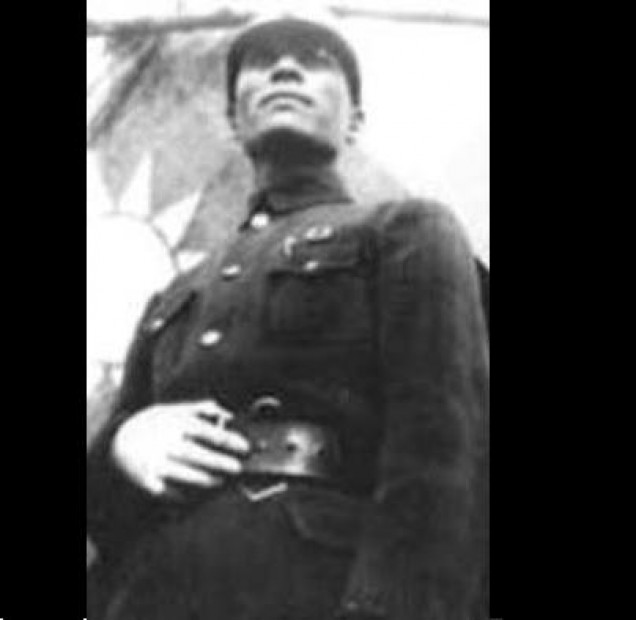
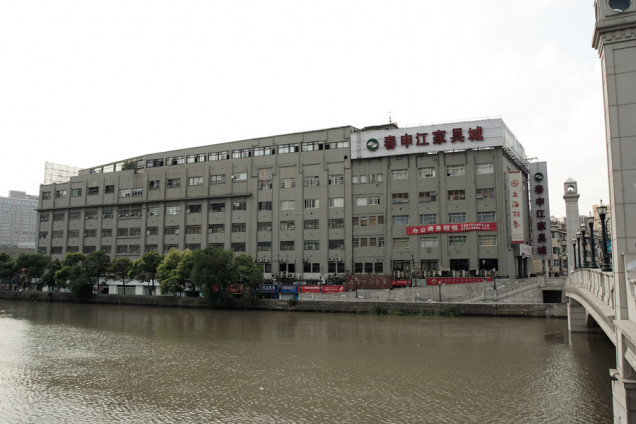
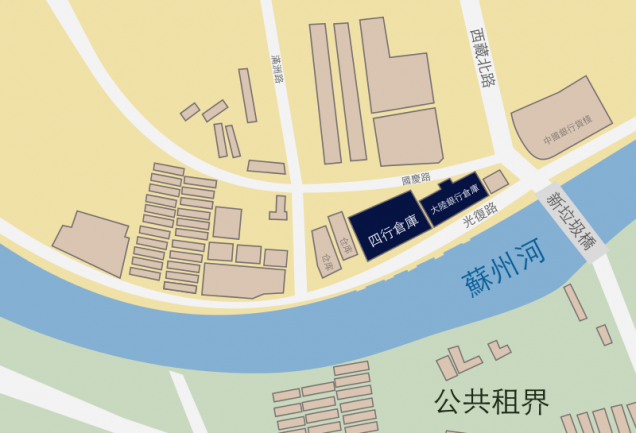
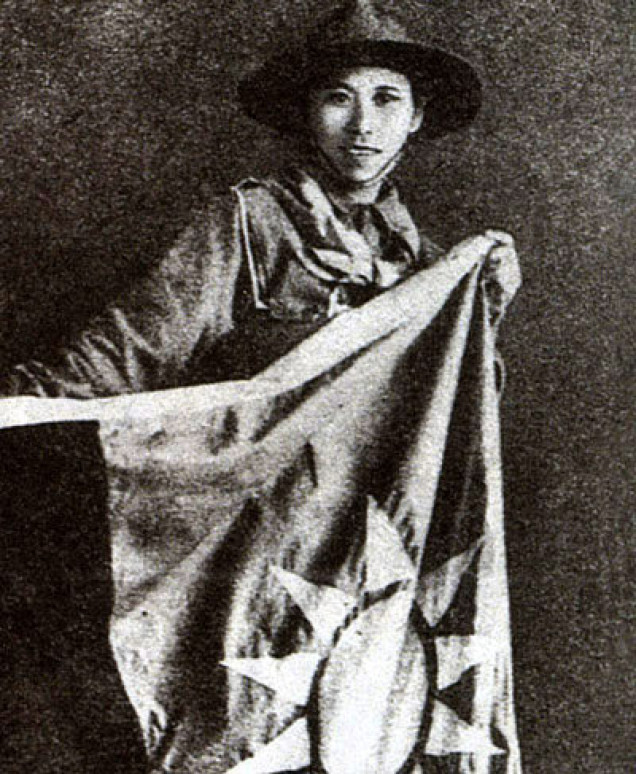
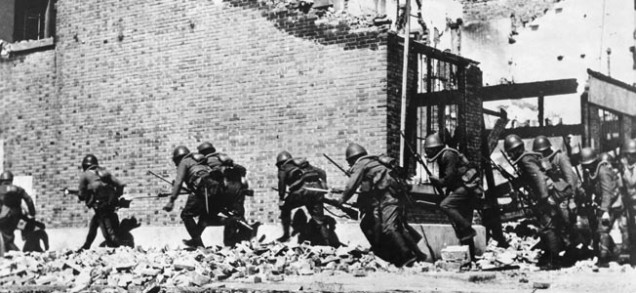
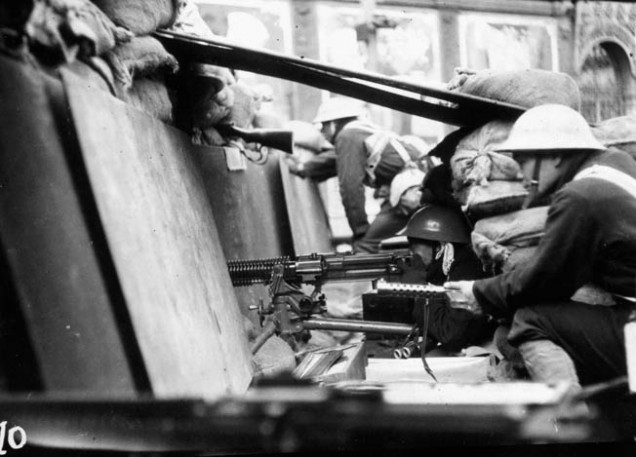

































Very enjoyable read, thanks for sharing this.